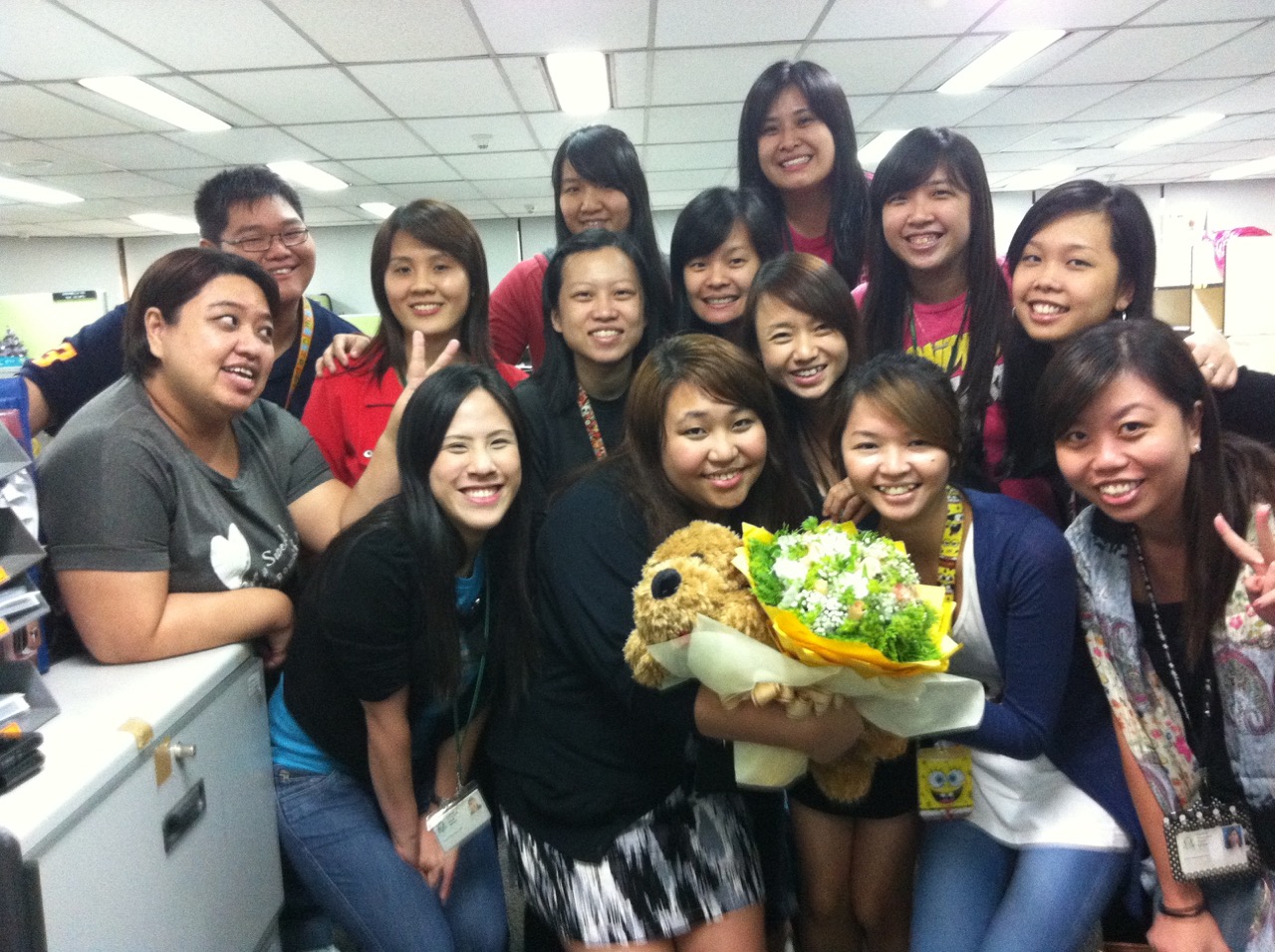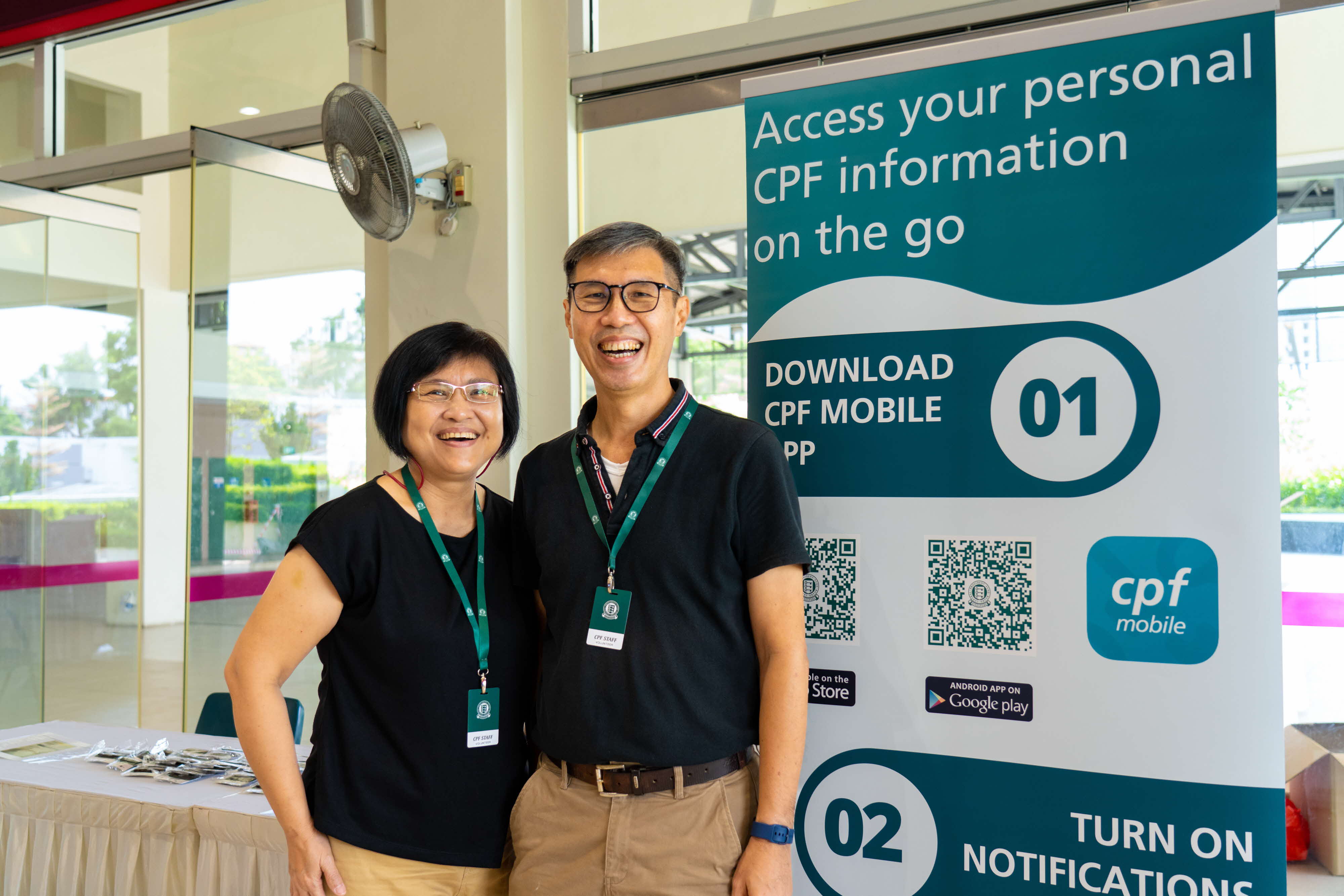14 Sep 2022
Source: Tech In Asia
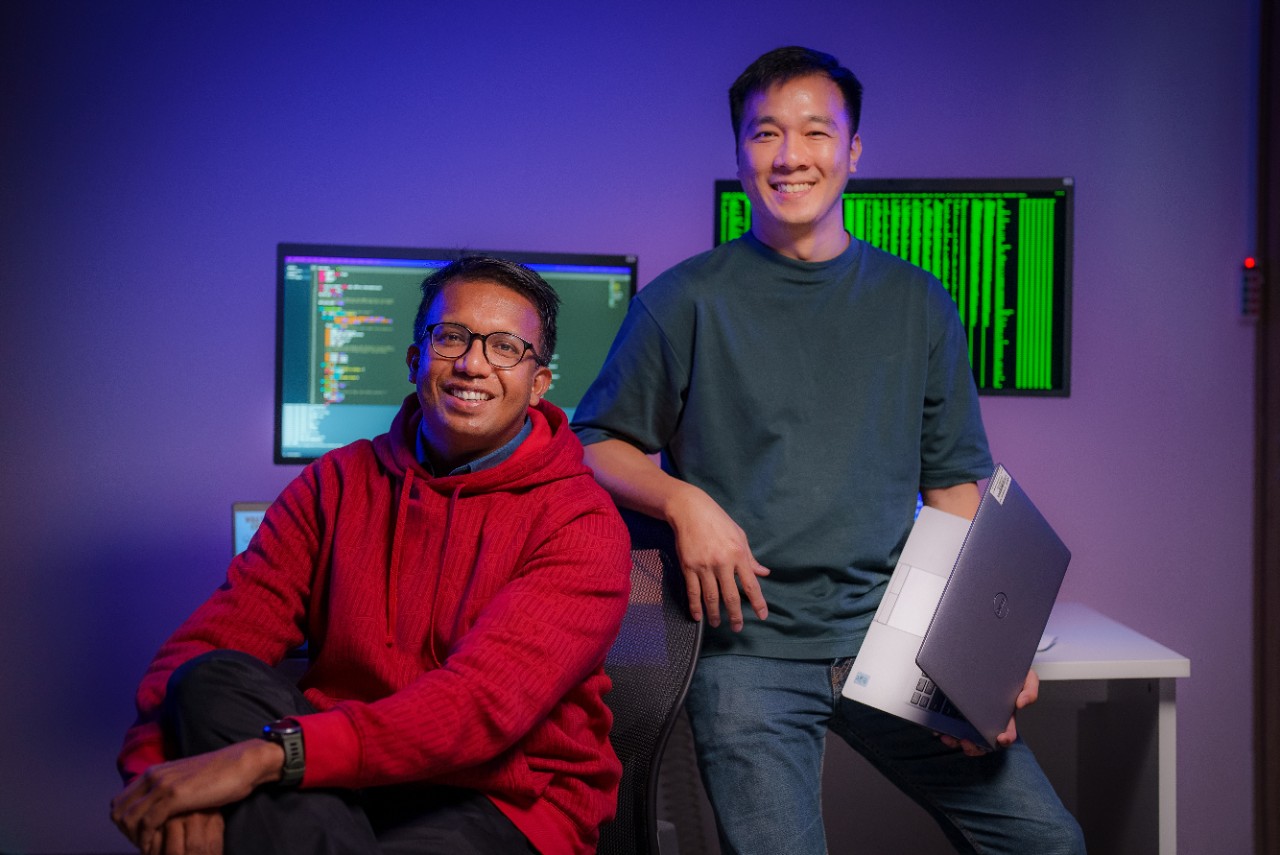
CPF Board (CPFB) plays a critical role in helping Singaporeans meet their housing and healthcare needs and build a strong foundation for their retirement. To properly manage more than S$500 billion (US$355 billion) of Singaporeans’ retirement savings, the government statutory board – which ranks as one of the best pension systems in the world – invests heavily in two key aspects: technology and people.
“IT systems form the backbone of our operations, with more than 171 million transactions performed online last year for our 4.1 million CPF members,” says Caroline Loh, Director of Human Resources at CPFB. “Innovation has always been integral to [our] work, and [our] strong team of tech engineers and professionals has contributed significantly to CPFB’s many achievements and initiatives.”
These efforts have been recognised by the IT sector, with CPFB conferred the Outstanding Enterprise Architecture Award by the Singapore Computer Society in 2021.
Here are some examples of the work the Board’s tech teams do.
On the frontlines
As CPFB helps citizens build a secure foundation for major life milestones such as buying a home or welcoming a newborn, its call centre fields a vast range of inquiries, taking about 2,600 calls each day.
When Covid-19 hit, CPFB needed to make sure that it could continue to effectively serve its members even as it adapted to various safe management measures. Chia Rhen Huei, Lead Consultant of CPFB’s Member Digital Applications Department, shares that from the moment the pandemic began forcing other countries into lockdown, his team began exploring softphone technology, which allows call centre staff to answer members’ calls on their computers remotely.
These efforts paid off when Singapore’s circuit breaker restrictions were implemented in April 2020. “We had already performed the necessary evaluation by then and were thus one of the first in the Singapore public service to implement the softphone system, allowing our call centre staff to transition to working from home and continue serving our members seamlessly,” Chia recalls.
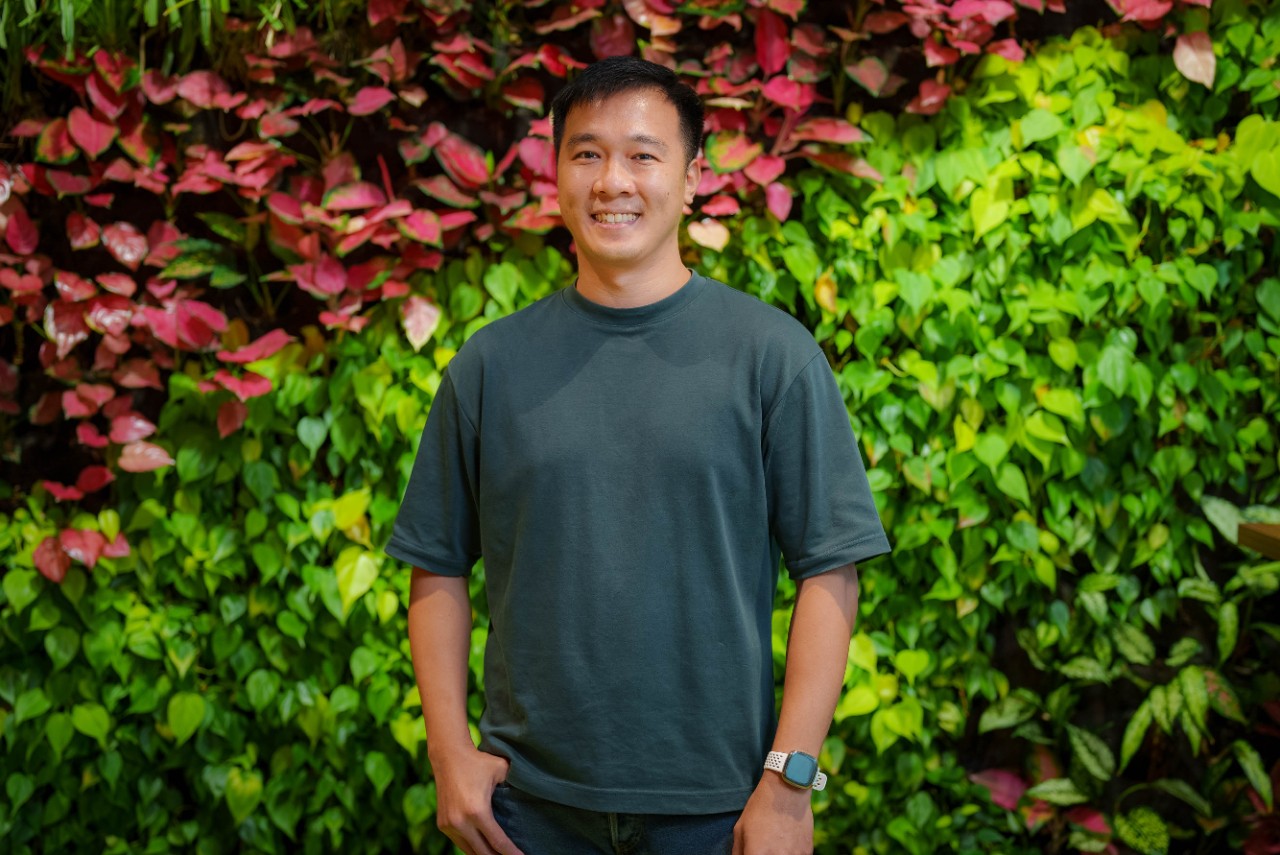
When the Ministry of Health needed to set up its own virtual call centre to handle surging call volumes, it reached out to Chia’s team for assistance, who were able to help set it up within a week. At its peak, the virtual call centre supported 175 volunteers across more than 45 government agencies, greatly increasing citizens’ access to accurate healthcare information.
On the backend
Mohamed Riduan Ahmad, Principal Engineer of the Security and Network Operations Department at CPFB, works with his team to protect the organisation from cyber threats and attacks. Since CPFB handles sensitive information, addressing such issues quickly is of utmost importance.
“Communication is always a struggle in any security operations centre environment, with threats like zero-day exploits [needing to be patched immediately],” says Riduan.
To ensure that actionable insights reach relevant personnel as early as possible, his team created a portal earlier this year that automated the dissemination of security alerts to the pertinent stakeholders. Previously, this task was managed via emails and instant messaging.
“Improving this process allows our colleagues to better protect the Board’s sensitive assets,” Riduan says. He noted that CPFB employs other tech such as data analytics to proactively identify potential areas of security compromise.
Insights gleaned from such operations can be shared not only within CPFB but also across other government agencies to build up a more resilient network.
Working at CPFB
In order to put its people – like Chia and Riduan – in a position to innovate and succeed, CPFB constantly looks for ways to remove pain points and maximise staff efforts. Case in point: As the pandemic put e-services front and centre, CPFB moved “decisively towards an appointment-only model at service centres” while “mundane and manual work like drawing up contracts were also digitalised,” says Loh. Consequently, the time savings “allowed staff to focus on high-touch service for more complicated matters faced by our members, including less tech-savvy seniors,” she adds.
Beyond helping its people do their jobs better, CPFB takes a holistic approach towards employee development and wellness. For example, in order to nurture work-life balance and better mental health, it organises talks, courses, and newsletters that promote self-care habits. A trained team of wellness ambassadors is also on hand to provide support.
Believing that hybrid work is here to stay, CPFB has also invested in new infrastructure, systems, and processes to facilitate telecommuting in the long run.
Both Riduan and Chia also note that staff have close, cohesive, and supportive relationships with each other. Riduan, for example, remembers one instance when he and colleagues from other teams came together to defend against a potential cyber attack.
“Since then, that’s how I’ve observed the culture to be – agile, flexible, and supportive,” he says. “Everyone, including Group Directors, is willing to roll up their sleeves to help.”
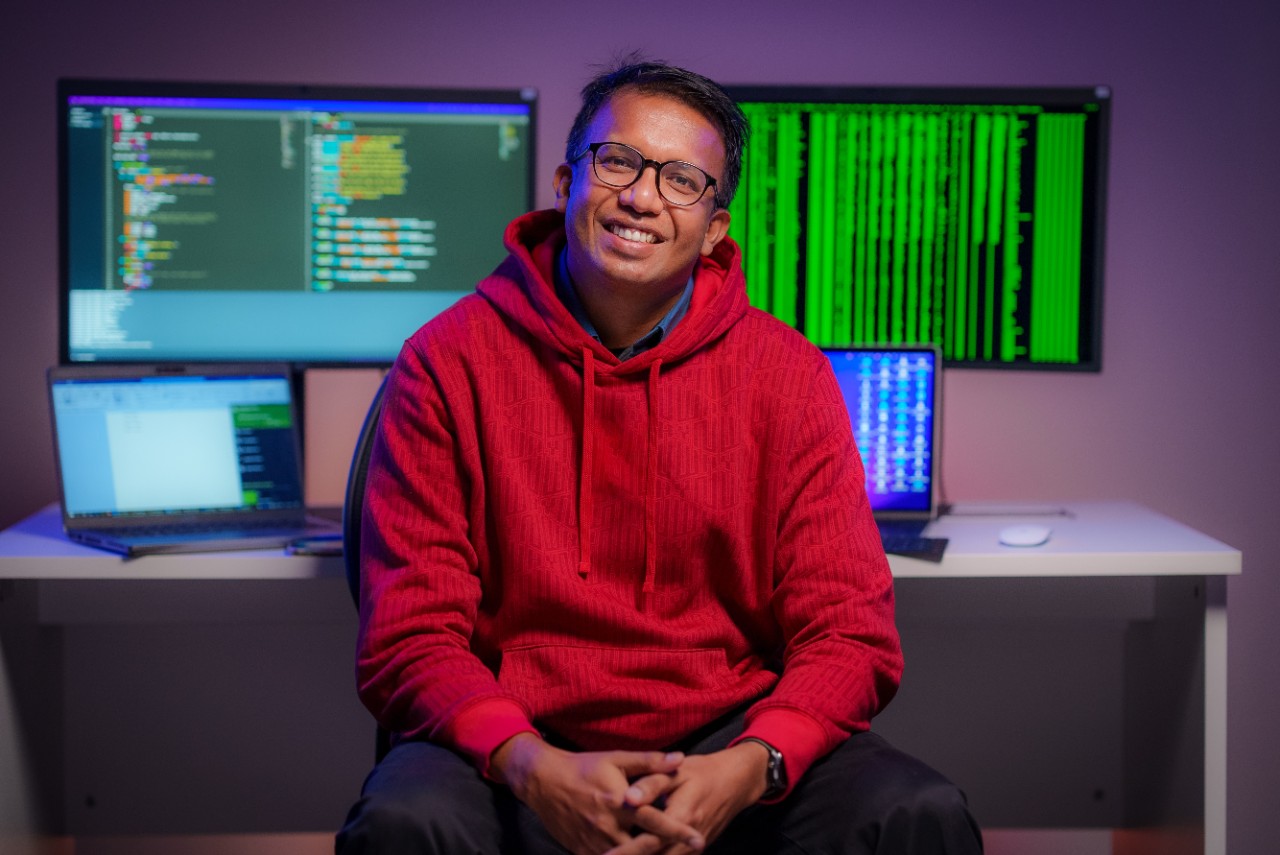
Chia observes that supervisors are always open to suggestions on how to improve current workflows and processes, providing staff with both the space and support for exploration. For example, staff can explore the use of new tools, with an experimentation fund set aside for anyone to tap on. He says that these efforts make staff feel appreciated and encouraged to contribute ideas to better the organisation, be it big or small.
“Management has put in a lot of effort to instil a culture where staff feel a sense of belonging and purpose as part of the organisation,” Riduan notes. “There are plenty of events and activities outside of work, whether we are learning, playing games, or simply having meals together. Just recently, CPFB held an after-work movie night with snacks and drinks.”
A continuing journey of learning and development
Loh shares that to stay ahead of the tech curve, the CPFB Academy provides staff with a structured upskilling pathway, with a curriculum of functional, technical, and emerging skills tailored to the organisation’s unique needs and delivered by experts in-house. She adds that CPFB also encourages employees to freely learn and pursue the areas they are interested in, at their own pace and convenience.
These courses are available to both IT and non-IT staff. Regular tech talks and learning forums are also conducted to share new knowledge and best practices.
Aside from learning, CPFB accelerates innovation and fosters greater collaboration via internal platforms such as Elev8 and Cre8, which are set up to encourage staff to highlight their pain points and work together with like-minded individuals within the organisation to resolve such issues as well as prototype new ideas and processes.
On the external front, CPFB’s NextGen Programme offers a two-plus-two-year structured program of technical and professional training for fresh ICT graduates, allowing participants to collaborate with colleagues across a variety of domains while building a foundation for their own careers.
“Today, more people are putting more money into CPF because they realise it is a good hedging tool for future needs,” Riduan says. “I’m protecting something really important, not just to me but to everyone in Singapore, and that gives me the motivation to do my job well.”
A job with the Central Provident Fund Board of Singapore allows you to pursue and fully develop your interests, and places you at the forefront of tech. Find out more and apply to available opportunities, including the NextGen Programme for fresh IT graduates.
This article first appeared on Tech In Asia 7/9/2022.
Information accurate of date of publication.
